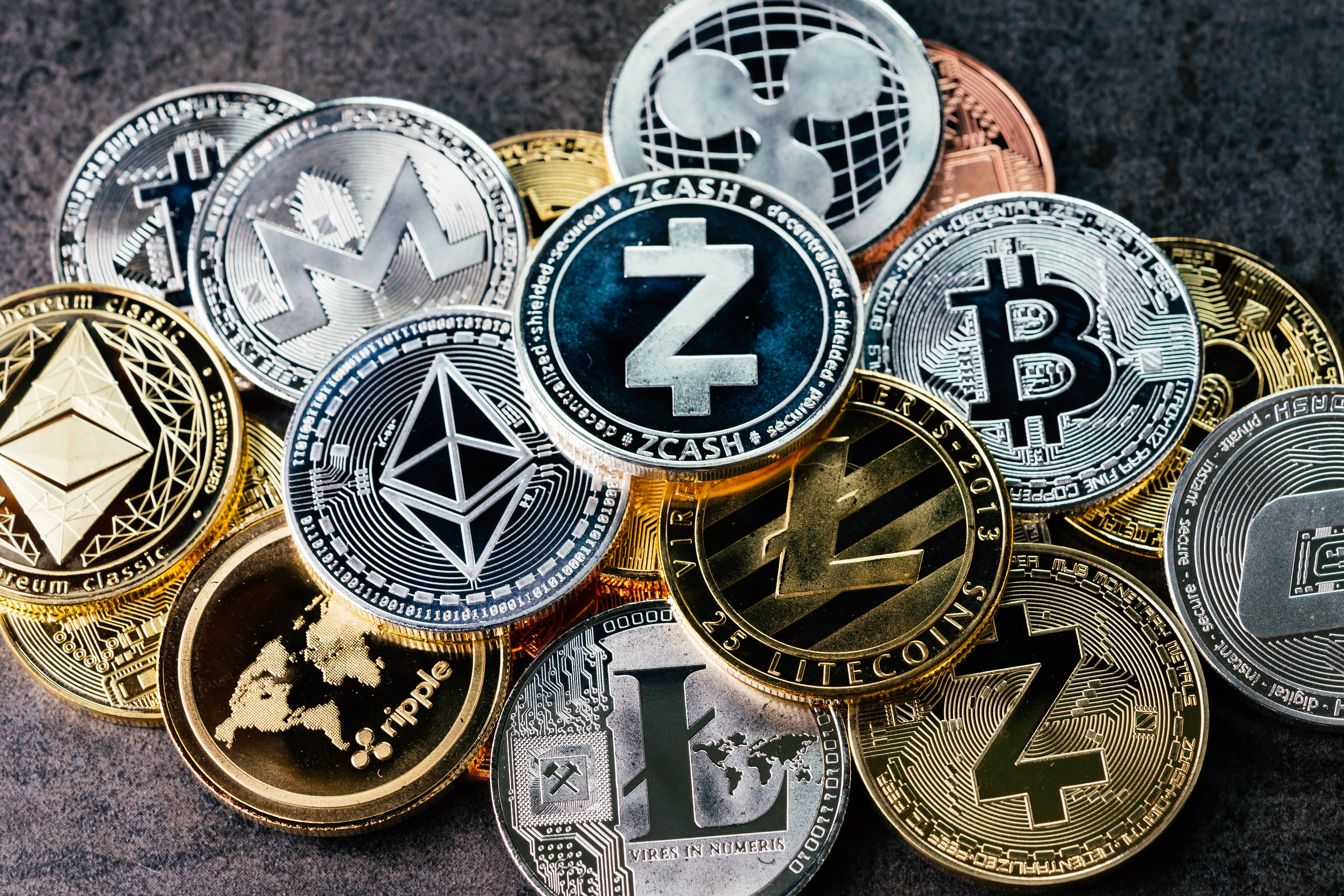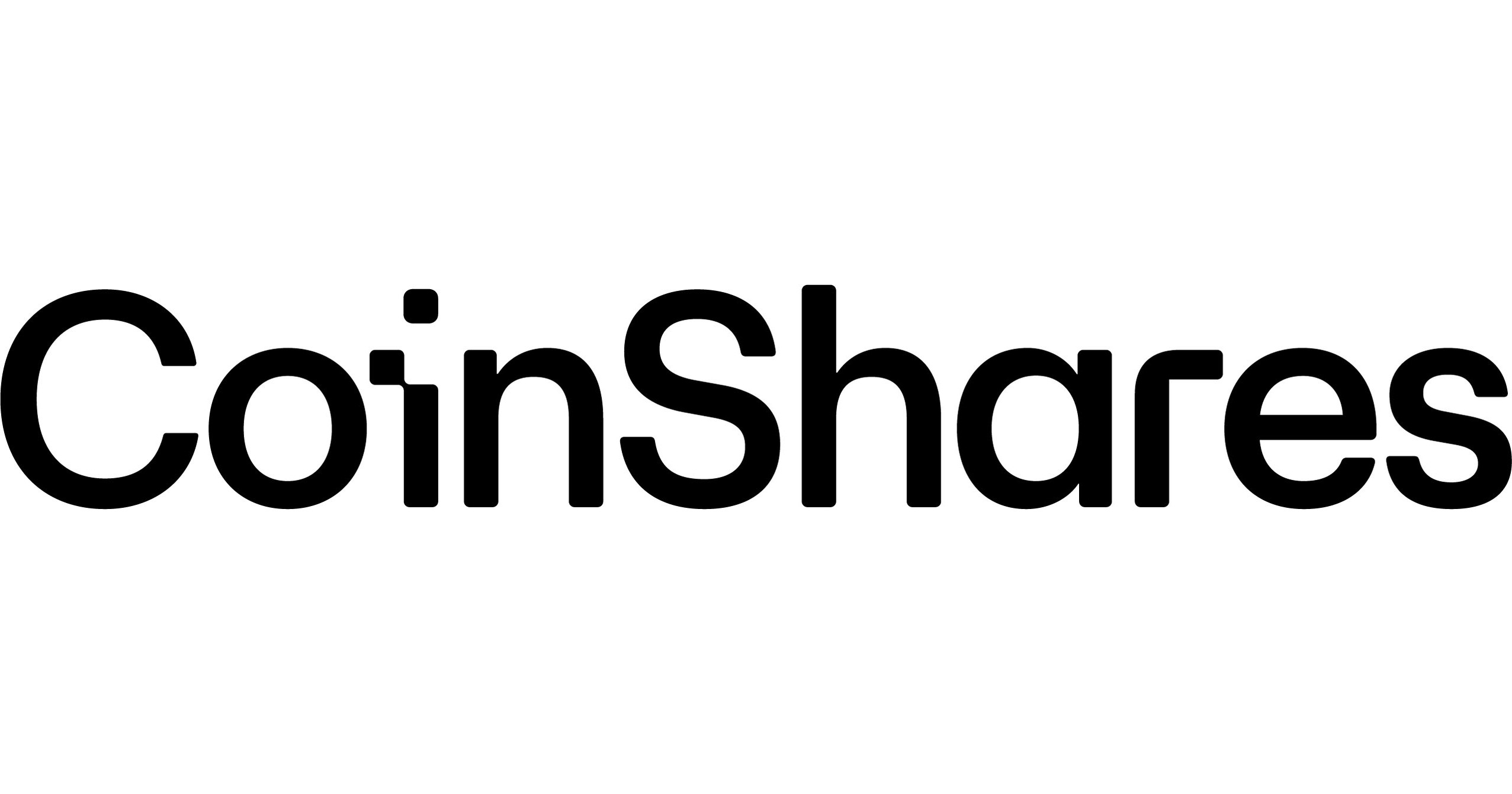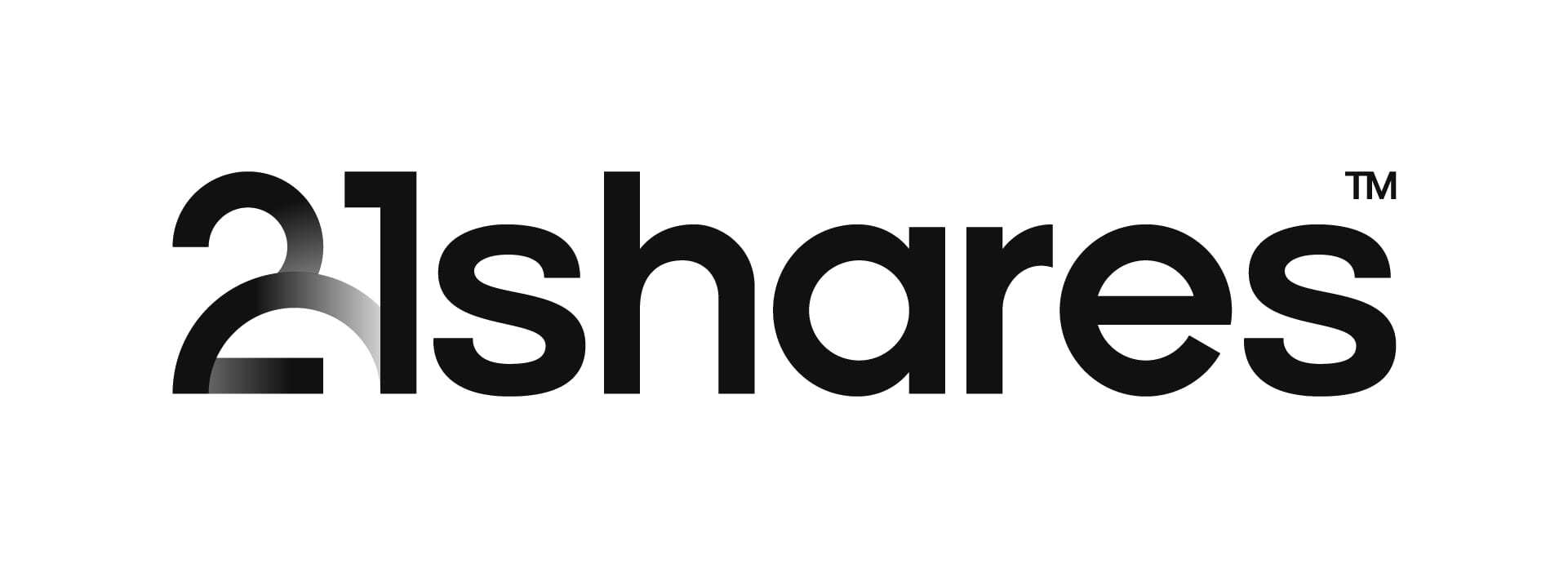Over the past few months, a relatively new concept has piqued interest from across the crypto ETP market, particularly from those who are looking beyond the two main “energy-intensive” cryptocurrencies of bitcoin and ethereum. Of the many benefits to staking, it is the prospect of making bumper returns that have enticed ETF issuers and investors alike.
Both 21Shares and CoinShares have launched staking products since June last year, offering investors a reduction in their total expense ratios (TERs) on top of a bump of 3-5% to their returns.
While this all sounds well and good, how does it actually work?
How does staking work?
Firstly, staking is only available on newer cryptocurrencies that develop their blockchains via “proof of stake”. This means established coins such as bitcoin and ethereum, which use a system called “proof of work”, do not offer the rewards of staking.
While proof of work is effective, it relies on huge energy resource and bitcoin mining companies to search for lottery numbers that allow them to add new blocks to the blockchain. However, proof of stake is much less energy-intensive and arguably more efficient.
Townsend Lansing, head of ETPs at CoinShares, said: “Proof of stake, by contrast, requires validators to show they hold some of the cryptocurrency whose blockchains they maintain – thereby ‘proving’ they have a ‘stake’.
“This then allows them to take part in what is effectively a lottery, which determines who gets to add new blocks to the blockchain, and is validated every 10-15 seconds,” he added. “Crucially, the more crypto you front up, the more likely you are to win the lottery.”
In this sense, staking is similar to owning premium bonds in the UK via a National Savings & Investments account – the more premium bonds you earn, the more chances you have to win.
Where do ETPs come in?
ETPs can take part in the lotteries by contributing their assets to the crypto staking pools. As a result, they can play a part in maintaining the blockchain and are rewarded with newly-minted cryptos.
They can also be helpful when it comes to scale as larger validators require a minimum amount to be staked. For ethereum 2.0 for example, investors require 32 coins in their wallet, roughly $86,000, to be eligible to stake.
Eliezer Ndinga, research lead at 21Shares, said: “Delegating is a great feature for those that have less than the minimum threshold to participate in staking.”
How are investors rewarded?
The amount of staking rewards investors achieve varies across coins and the amount they have pooled. With the two CoinShares products launched in January, the CoinShares Physical Staked Tezos UCITS ETP (XTZS) and the CoinShares Physical Staked Polkadot UCITS ETP (CDOT), investors can earn an additional yield of up to 3% and 5%, respectively. Furthermore, the products also offset their TERs of 1.5%.
Lansing said: “Staking awards are essentially variable; however, we wanted to provide investors with clarity as to how much the issuer could payout at any time. So, we worked with our staking agent and our in-house digital asset over-the-counter (OTC) desk to manage the risks and the awards. That desk looks at staking awards and helps the issuer determine how much it can reasonably share.”
Likewise, 21Shares – which launched the 21Shares Solana ETP (ASOL) in June last year Staking enables issuers to boost the returns of some cryptocurrency exchange-traded products (ETPs) by contributing their coins to large pools of assets in exchange for rewards
What is staking?
How issuers boost returns in crypto ETPs – also passes on the rewards to investors via reduced fees and additional yield. “The return to the investors comes in the form of reduced fees as well as direct yields, and for a few products, the yield is explicitly shared. For example, ASOL was the world's first staking ETP and has been providing near 6% annualised yield, since launch,” Ndinga said.
Despite this, there is still a level of discretion involved on behalf of the issuer when determining how much of the rewards to share.
Bernie Thurston, CEO of Ultumus, said staking is still more beneficial to the investors than some securities lending practices on equity ETFs: “This seems to be more beneficial to the investor than those types of arrangements. It will take into account the amount of time and coin you have advocated, however, issuers still need to be careful about a scenario where there might be a run on the coin or something similar.”
What are the risks?
There are several risks to staking, ranging from liquidity to more technical risks such as slashing. On the custody side, issuers will only stake cryptos that require “non-custodial pools”, where they can contribute to a pool without them leaving their wallet.
An additional risk is slashing. This enables the proof of stake protocols to police bad actors, those that seek to validate new blockchain inappropriately. As a result, protocols can reduce the staking awards or confiscate coins from the staking pools.
However, the main threat is liquidity. Polkadot, for example, requires staked coins to be locked up for 28 days, meaning that while the coins remain under the issuer’s control, there is a risk they may not be able to satisfy redemption until the lock-up period is over.
However, Lansing said CoinShares has moved to alleviate this risk via its staking agent: “To mitigate this risk, our staking agent has agreed to lend coins to the issuer to satisfy redemptions if such an event were to happen.”
While highlighting liquidity as a risk, Ndinga said this is improving, adding they are dealing with market makers in the space.
Furthermore, he said the process of staking itself helps to strengthen the ecosystem by its very nature, as investors get to participate in the “upside of the underlying assets while securing the crypto assets network with capital”.
He concluded: “It is one of the most positive secure products on the network because of the fact that investors are participating in the security of that network and at the same time, earning a yield for that.”
This article first appeared in ETF Insider, ETF Stream's monthly ETF magazine for professional investors in Europe. To access the full issue, click here.
Related articles




